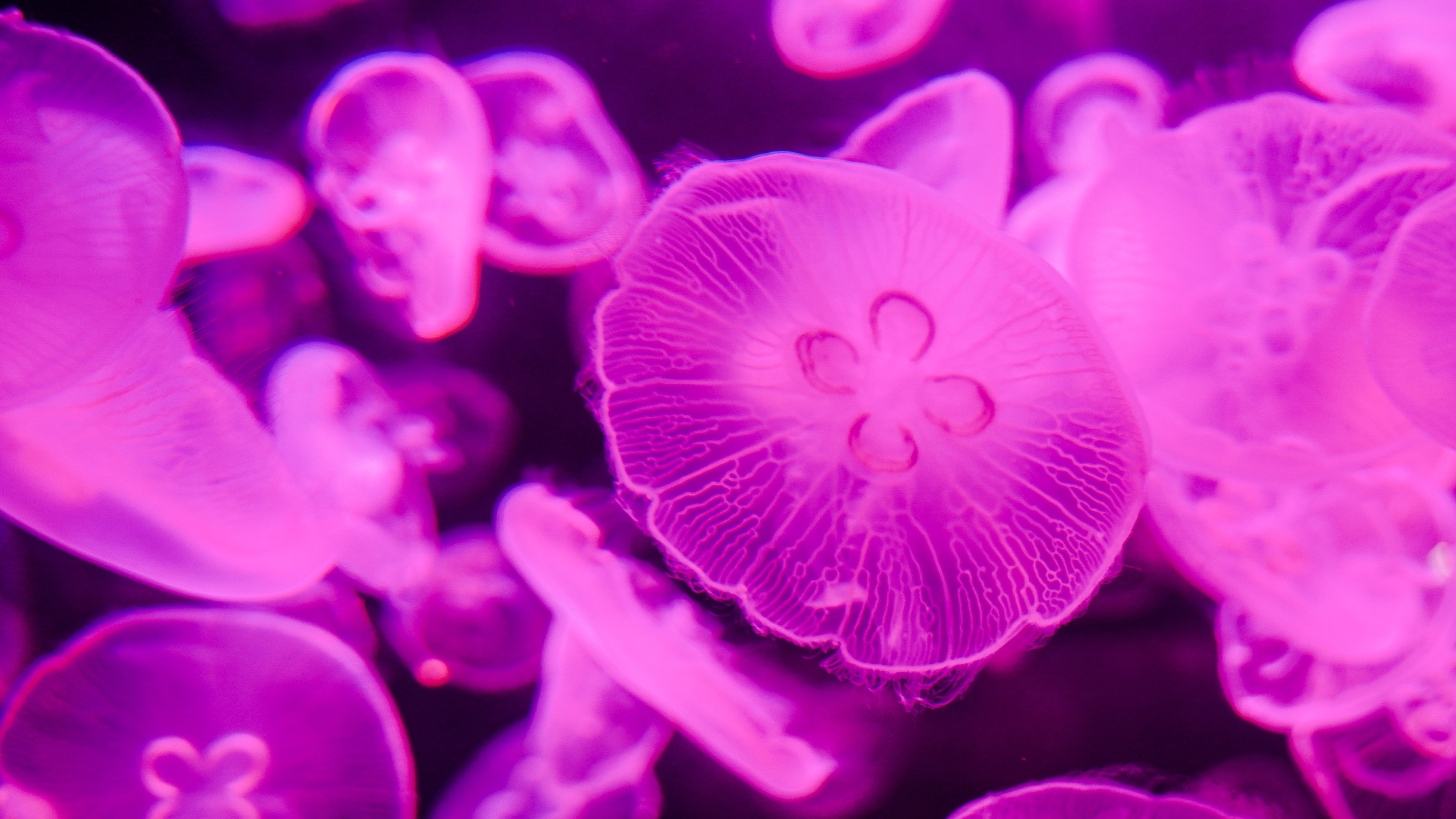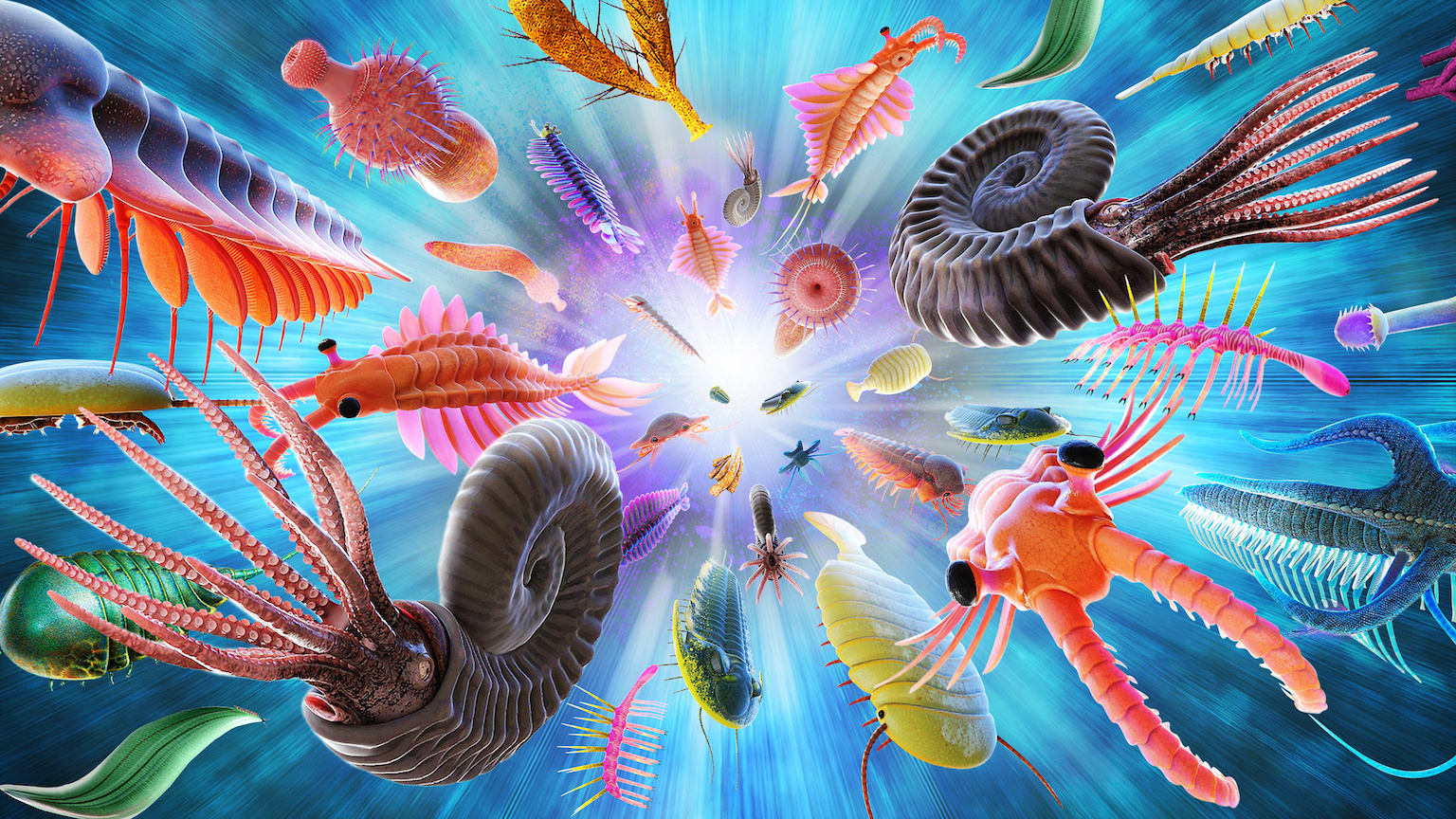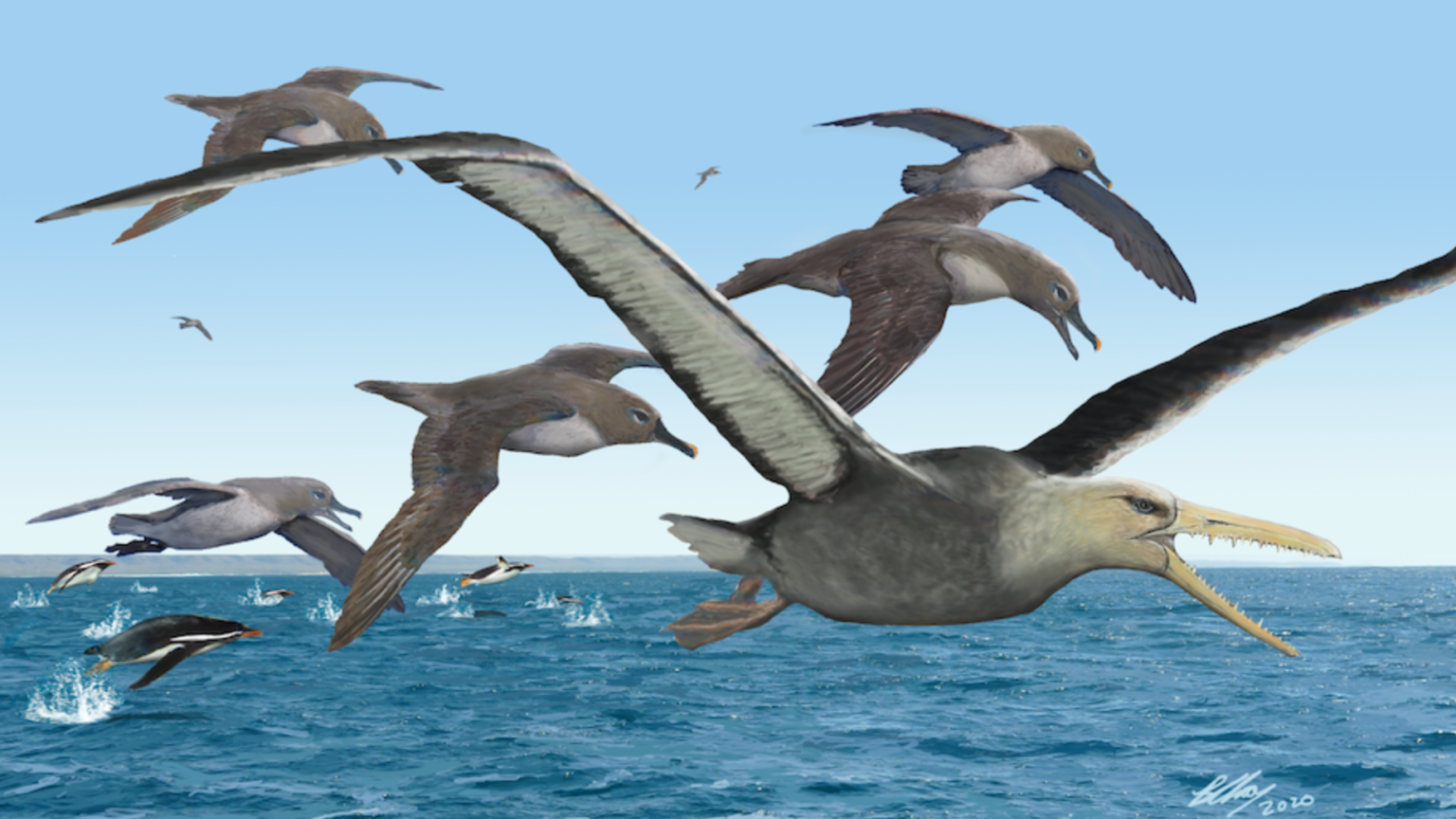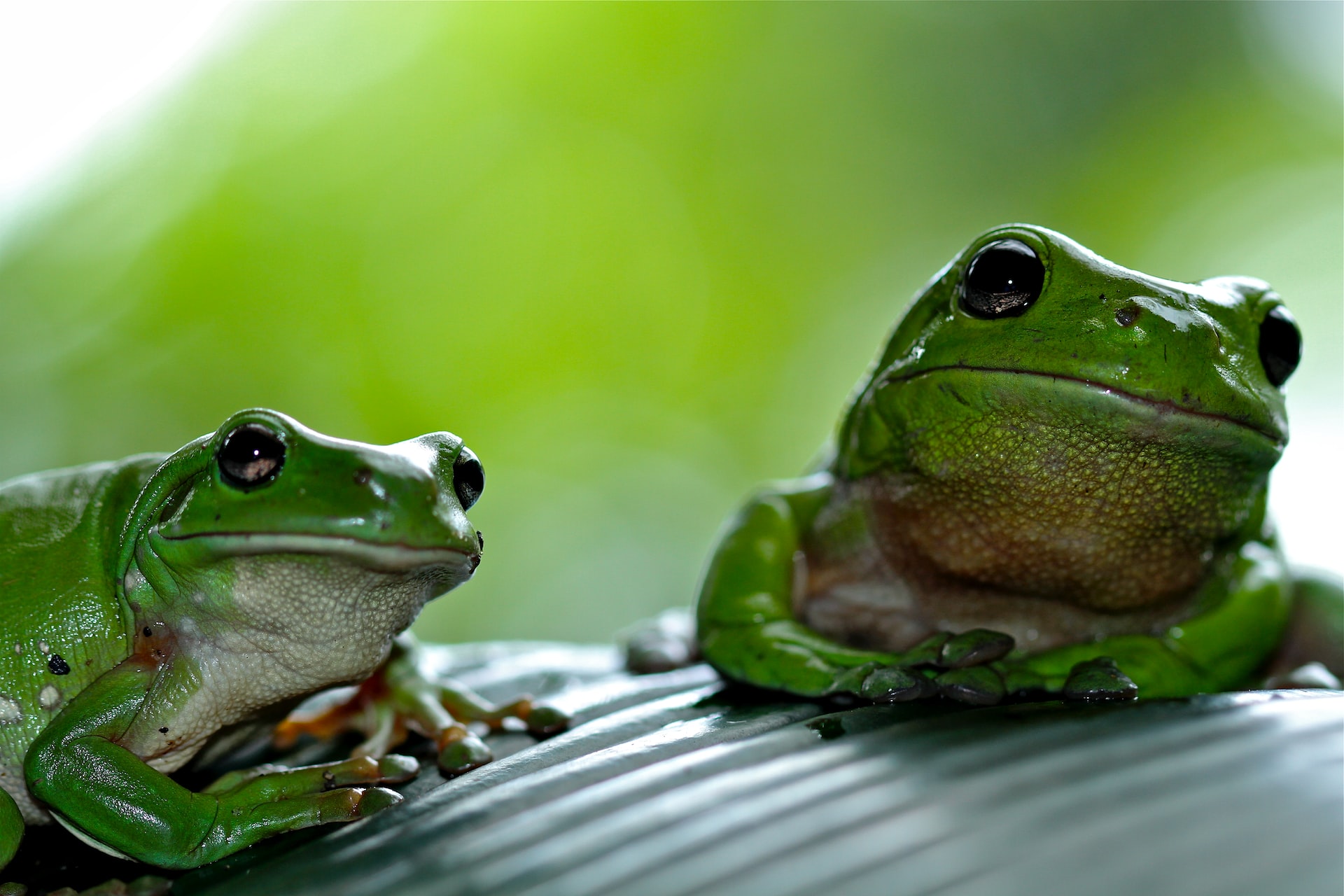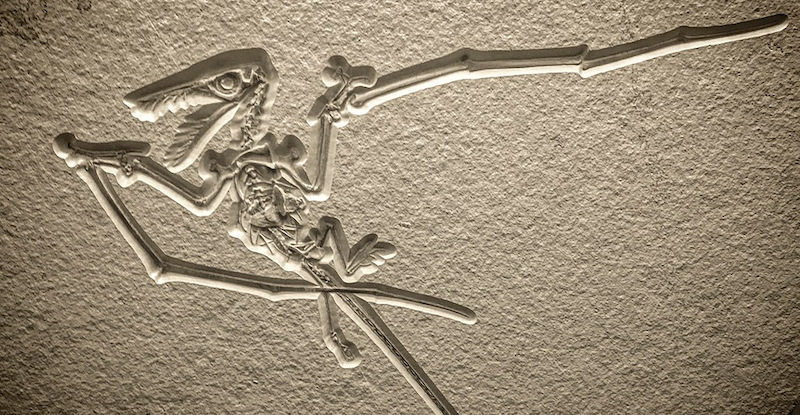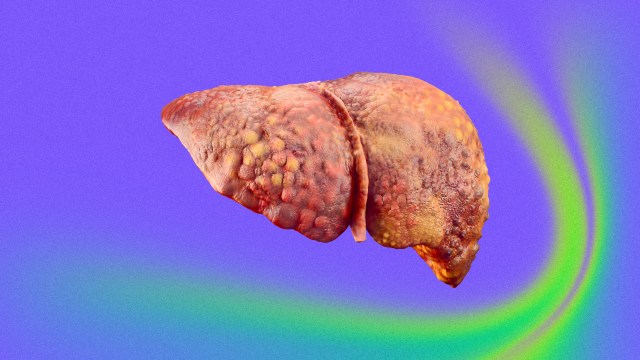“Protosterol biota” may explain one mysterious gap in the evolution of complex life
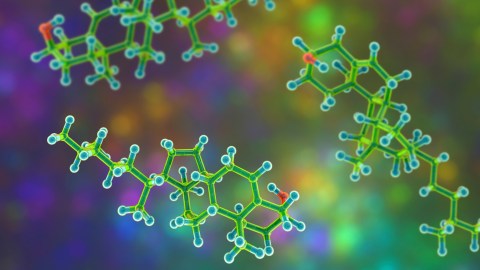
- Animals, plants, and fungi are all eukaryotes, complex life forms that are characterized by cells that contain a nucleus.
- The last eukaryotic common ancestor (LECA), which gave rise to all subsequent eukaryotes, is thought to have evolved around 1.6 billion years ago. But the fossil record contains scant evidence of the existence of eukaryotes for the next 800 million years.
- Now, researchers propose that eukaryotes at the time were relegated to more extreme environments, while the major ecosystems were dominated by a new type of life form they call “protosterol biota.” Eventually, conditions changed, and the eukaryotes took over the Earth.
Despite its humble and extremely literal name, the last eukaryotic common ancestor (better known as LECA) is a single-celled trailblazer. This organism figuratively stepped outside the primordial pool to begin the transition from simple to complex life.
From the Greek eu (“well” or “good”) and karyon (“kernel” or “nut”), eukaryotes have well-defined, DNA-containing nuclei enclosed within a membrane, along with other complex organelles that bacteria and other prokaryotes lack. Scientists consider LECA the first crown eukaryote — that is, the first organism that has all the distinguishing characteristics of eukaryotes. LECA evolved from stem-eukaryotes, which have some, but not all, of the characteristic eukaryotic morphology and physiology.
The eukaryotic gap
The evolution of eukaryotes led to extraordinary levels of complexity and biodiversity on Earth. Eukaryotes gave us everything from mushrooms and swordfish to baboons and Venus fly traps, leaving a deep mark on the planet’s ecology. But eukaryotic dominance did not happen overnight.
Scientific estimates confidently position LECA’s first appearance to approximately 1.6 billion years ago. However, LECA and its descendants do not show up as dominant members of the world’s biota until 900 million years ago. There is a gap of 600 million to 800 million years in which scientists acknowledge the presence of eukaryotes, but struggle to find evidence of thriving populations. It still stands as one of science’s most captivating unsolved puzzles.
Seeking answers, scientists from the Australian National University (ANU) delved into the eukaryotic lineage. They discovered intriguing evidence suggesting how LECA’s ancestors — our oldest semi-eukaryotic forebears — might have adapted to their environments before LECA could thrive. By analyzing ancient rocks that once formed the ocean floor, the researchers unveiled compelling evidence of the world inhabited by LECA’s ancestors. Along the way, the researchers propose a dramatic telling of the early competition that led to our own existence, and that of all complex life on Earth. The scientists published their results in Nature.
Fatty rocks
Scientists use two distinct approaches to identify eukaryotes. The first method involves searching for body fossils — namely, fossilized evidence of unique eukaryotic features such as specific cell surface structures and cell wall ornamentation. The second method looks for biomarkers, specifically hydrocarbon fossils derived from lipids. In particular, they look for crown sterols, a group of lipids like cholesterol that are unique to major lineages of eukaryotes. By mapping the signal of crown sterols, researchers have constructed a coherent picture of eukaryotic evolution over the past 800 million years, one that aligns with the fossil record.
However, prior to 800 million years ago, biomarkers contradict fossil evidence. Eukaryotic body fossils exist, but detection methods fail to identify crown sterols. This apparent mismatch of signals persists across a period of over half a billion years, and it remains unexplained.
To address this gap, the authors proposed an untested hypothesis: Ecosystems were dominated by eukaryotic stem-groups that lacked a complete sterol biosynthetic pathway but possessed the eukaryotic body form. In other words, the eukaryotic fossils found during the period when the signature eukaryotic lipids were undetectable might represent a type of stem-eukaryote. They exhibited a eukaryotic body type but did not yet produce these distinctive lipids.
To pursue this hypothesis, the ANU researchers revisited a 30-year-old concept first suggested by Nobel laureate Konrad Bloch. Along the metabolic pathway that creates crown sterol molecules, eukaryotes form a number of intermediate compounds. Bloch thought these intermediates (“protosteroids”) might have been the final lipids produced by ancient organisms. The ANU scientists proposed the same.
Using advanced techniques unavailable in Bloch’s time, the ANU team began searching for these protosteroids. They found that the protosteroids were ubiquitous, showing up in rock samples from ecosystems around the world, the oldest of which was 1.64 billion years old. Due to their unique lipid profile, the scientists named the organisms “protosterol biota.” While their exact size remains uncertain, the scientists speculate that they may have acted as the world’s earliest predators, possibly hunting bacteria.
Crown eukaryotes vs. protosterol biota
The discovery of protosterol biota allowed the researchers to put forth a theory describing the fate of eukaryotic life between 1.6 billion and 800 million years ago — that is, the time in between LECA’s appearance and the first period when scientists have evidence that eukaryotic life thrived. As it turns out, the Earth between 1.6 billion and 800 million years ago was a less hospitable place for crown eukaryotes.
Eukaryotic lipid demand is metabolically expensive and requires a lot of oxygen. But crown sterols are useful molecules, as they protect cells against dehydration and make them more tolerant to extreme cold and heat. Therefore, on the Earth of 1.6 billion years ago, crown eukaryotes were well positioned to occupy environments characterized by frequent dehydration and rehydration, elevated UV radiation, and daily temperature swings. However, these environments do not preserve the types of signals that researchers have been looking for, fossilized or otherwise, and this might explain the mysterious lack of eukaryotes in the biological record.
While crown eukaryotes were doing well on land, they were much less suited to thrive in the oceans. Anoxic surface waters and low atmospheric oxygen levels posed challenges for these oxygen-hungry organisms. Protosterol biota, on the other hand, thrived in oxygen-deprived oceans thanks to their less metabolically demanding biosynthetic pathways. However, protosterols did not equip them to inhabit extreme environments like the crown group eukaryotes.
This dichotomy led to a parallel existence spanning several hundred million years, with crown eukaryotes found mainly on land and protosterol biota mainly in the oceans.
Eukaryotic conquest
Fast-forward to the Tonian period (1 billion to 720 million years ago), when atmospheric oxygen levels rose and nutrient supply to the oceans increased. With oxygen to spare, crown eukaryotes were no longer confined to Earth’s most extreme environments. They ventured into the oceans and slowly began to outcompete their protosterol-bearing ancestors. Extreme weather events like glaciations and intense global heat further highlighted the advantages of the crown eukaryotes while dooming the suddenly maladapted protosterol biota.
With Earth finally more hospitable to crown eukaryotes, they began to expand, and this is about the time the molecular and fossil evidence begin to coincide. LECA’s crown eukaryotic descendants went on to become the most modern and intricate life forms, including humans. The authors characterized this period as “one of the most profound ecological transitions in the evolution of complex life.”
